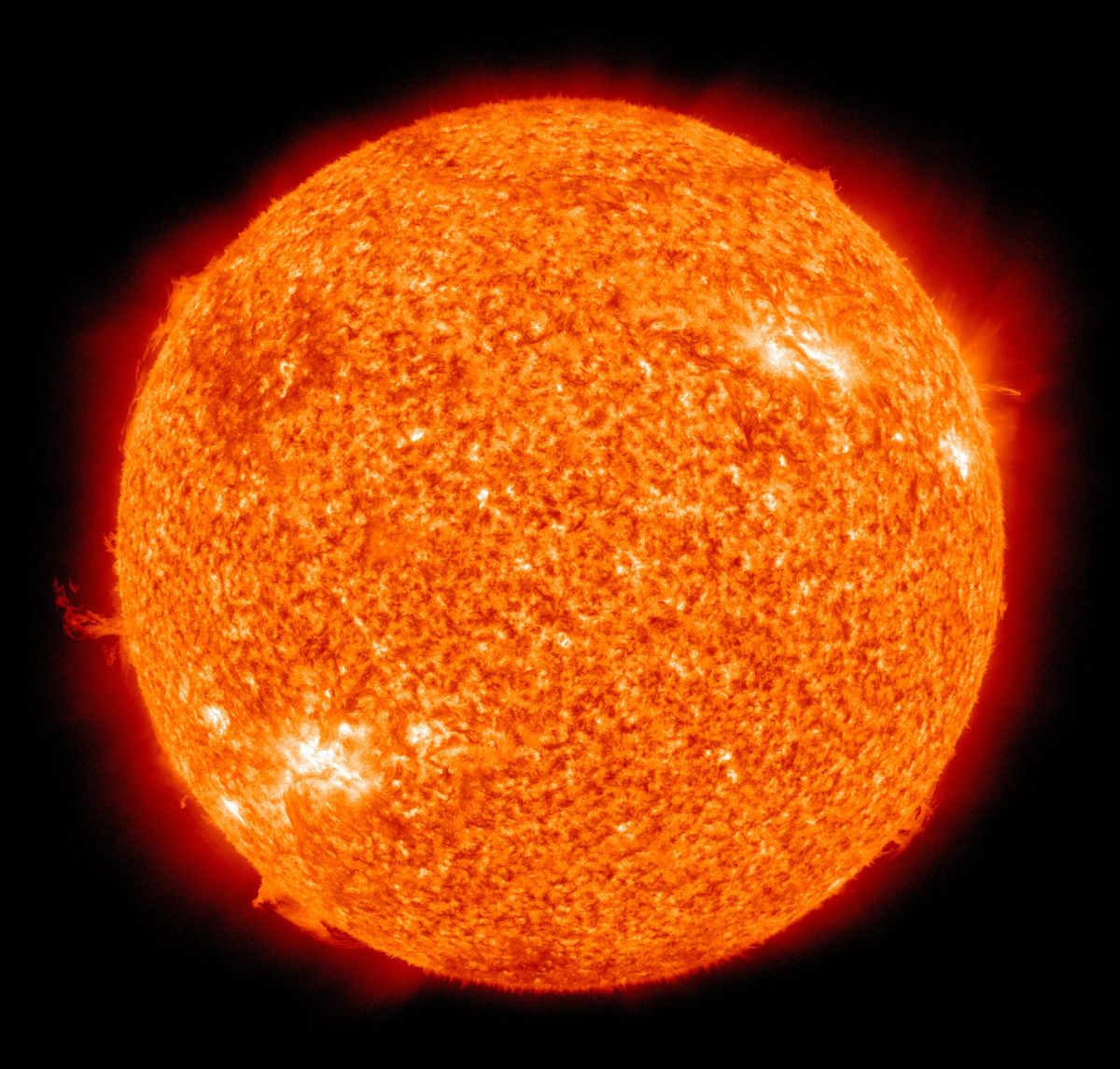NASA’s Solar Dynamics Observatory (SDO) released a time-lapse video showing 133 days in the Sun’s life in just one hour.
SDO is a geosynchronous orbit satellite designed to help researchers understand the influence of the Sun on Earth by studying the solar atmosphere.
The recent video released by NASA chronicles solar activity from August 12 to December 22, 2022. The satellite has consistently captured images of the Sun in 4K x 4K resolution for nearly 13 years.
All the data collected so far has enabled numerous new discoveries about how our nearest star operates and how it influences the solar system.
Here the time-lapse of the sun for 133 days:
SDO captures images of the Sun every twelve seconds in ten wavelengths of ultraviolet light. Each wavelength reveals different solar features and is given a unique color. Each image taken has eight times the resolution of HD video.
SDO looks deep into the Sun’s fiery atmosphere, searching for dark holes in the corona or bright active regions on the solar surface for massive eruptions and flares that shoot millions of miles above the surface.
The 133-day time-lapse shows images taken at a wavelength of 17.1 nanometers, an extreme ultraviolet wavelength that shows the Sun’s outermost atmospheric layer, the corona.
The video is a compilation of images taken every 108 seconds over a period of four months.
Our Sun rotates once every 27 days. The loops that extend above the bright regions are magnetic fields that have trapped hot, glowing plasma, according to NASA. “These bright regions are also the source of solar flares, which appear as bright flashes when magnetic fields come together in a process called magnetic reconnection.”
Some of the dark images in the video are caused by Earth or the Moon eclipsing SDO as they pass between the satellite and our bright star in the sky. NASA says that other blackouts were caused by lack of instrumentation or data errors.
Also read:
The ozone layer will fully recover by 2066, if current progress continues
· NASA satellite falls off the coast of Alaska after circling the Earth for 40 years
· The Earth is about to see a comet that last passed in the time of the Neanderthals
